5-Minute Pasta Recipe: Quick, Baby-Friendly & Spinach-Infused!
Looking for a quick pasta recipe that not only satisfies your taste buds but also packs a nutritional punch? Dive into our 5-minute pasta – a baby-friendly pasta that stars spinach, offering a variety of health benefits.
What you need to start making sourdough: Natural whole wheat flour or white Flour, drinking water, 2 clean jars, a wooden spoon just for it, patience, love and time. There it is; Simple Sourdough Starter!
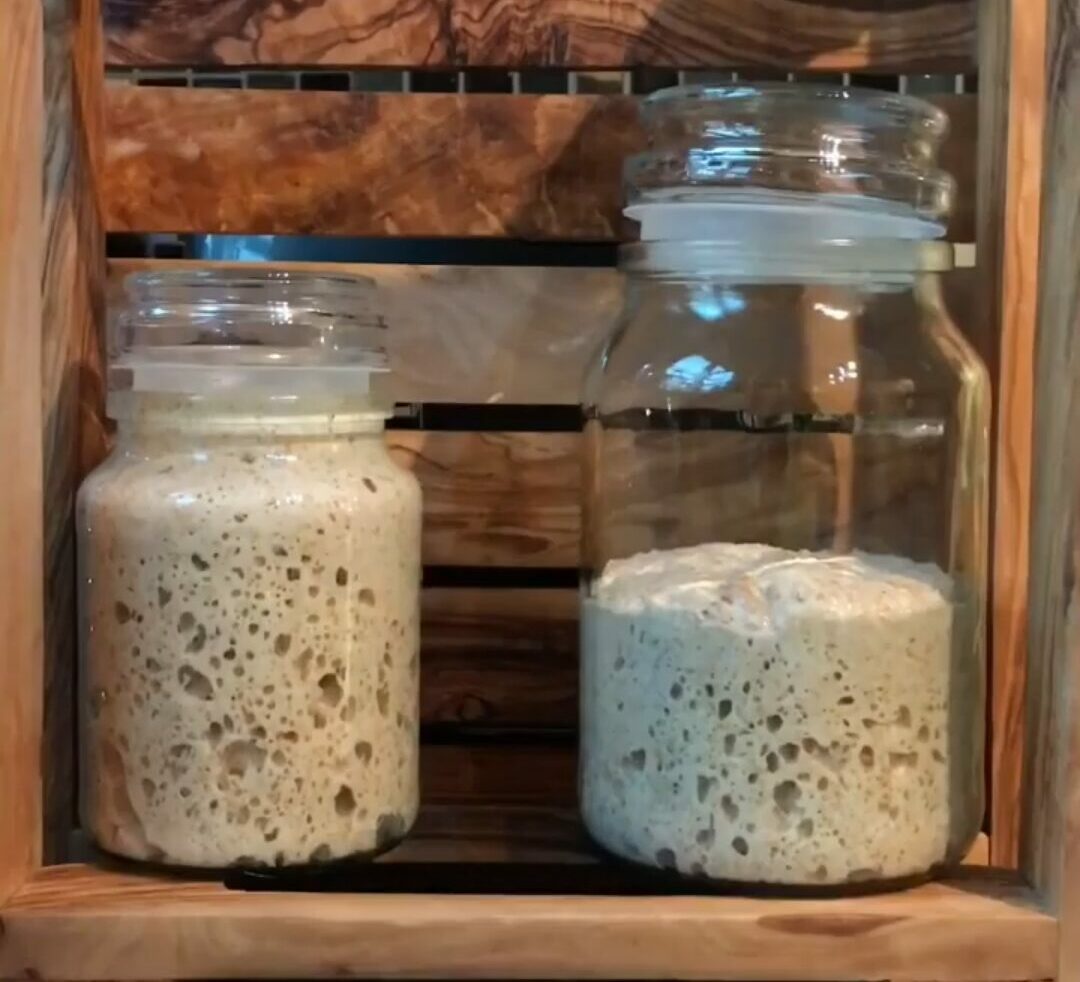
Easy Sourdough Starter
What you need to start making sourdough: Natural whole wheat flour or white Flour, drinking water, 2 clean jars, a wooden spoon just for it, patience, love and time. There it is; Easy Sourdough Starter!
Sourdough provides a natural leavening form that enhances the taste and nutritional value of bread. In this way, it satisfies the demands of those looking for delicious and healthy breads made from natural ingredients. Normal bread is fermented with a baker's yeast, while sourdough bread is fermented with a mixture of lactic bacteria and yeast, which has additional nutritional benefits.
Sourdough bread is more nutritious than the grain used in its production. This is because sourdough helps to release the nutrients and minerals found in bread, digestion and making them easier to access in the body.
In this recipe, you can prepare a simple sourdough starter by following the steps you need to do every day.
Easy Sourdough Starter Ingredients
Instructions
Day 1: To begin your starter, pour 50 grams flour and 50 grams water into the jar and mix well. Cover it with a cloth like cheesecloth. Keep it somewhere in the kitchen at room temperature.
Day 2: Mix 50 grams flour and 50 grams water and stir into yesterday’s mixture.
Day 3: Take half of it and add 50 grams flour and 50 grams water. Mix and pour into a clean jar. You may start to see bubbles.
Feed in the same way on the 4th and 5th day. There should be some activity in the mixture at this point, with bubbles developing and bubbling on top.
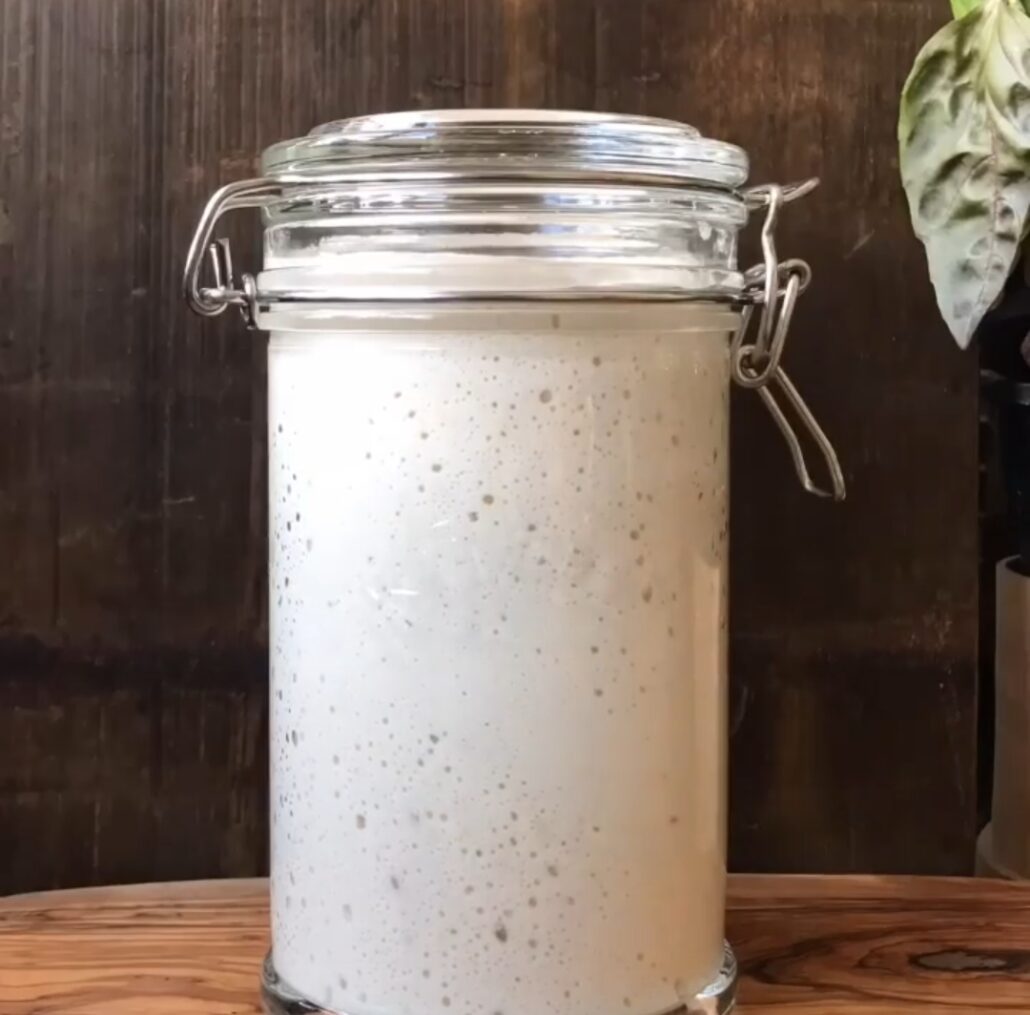
Day 6: Again take half, feed and change the jar.
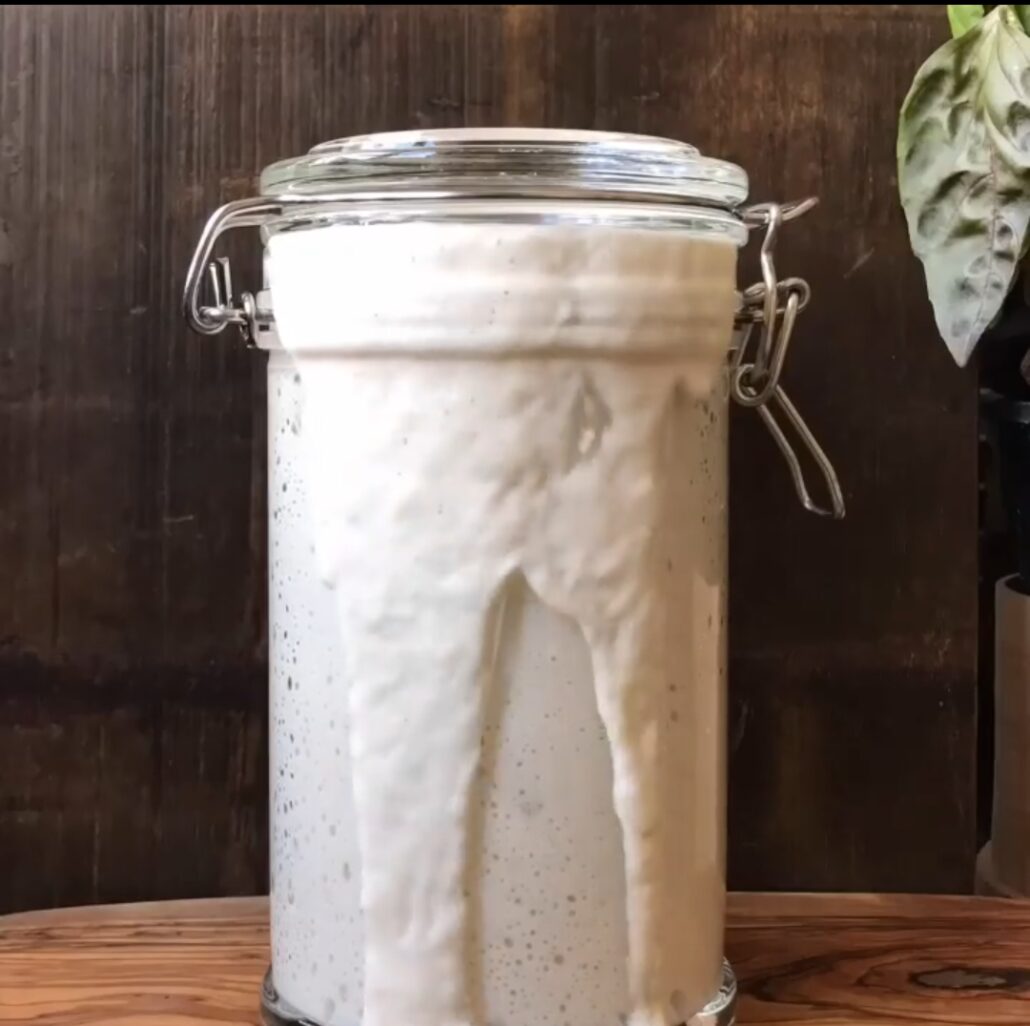
Day 7: Add 50 grams flour and 50 grams water and feed.
Day 8: Add 50 grams flour and 50 grams water and feed.
Day 9: Take half and add 50 grams flour and 50 grams water and feed.
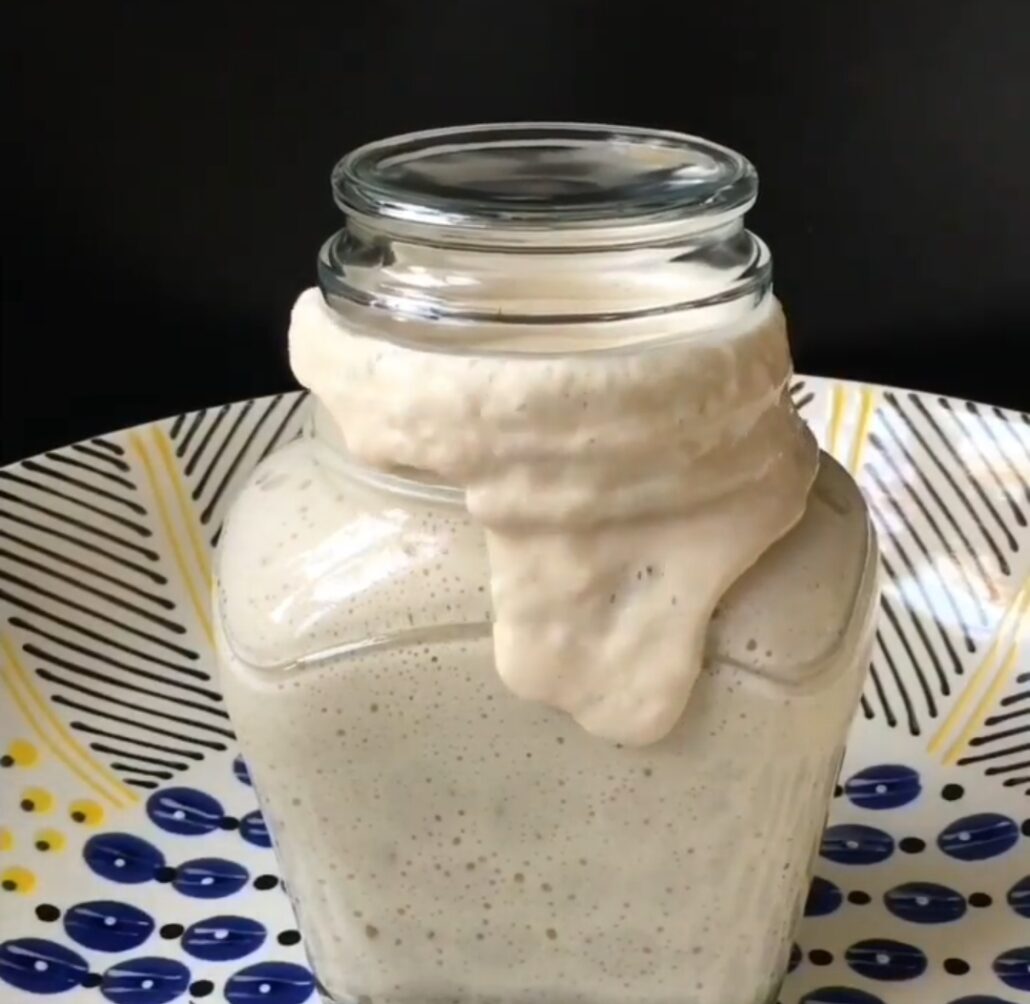
Day 10: Add 100 grams flour and 100 grams water to 100 grams yeast and feed. Then pour it into a clean jar.
If you do not see any bubbles on the 11th day, it means that fermentation has not occurred. If there are no bubbles, you have to repeat the process from the beginning. Do not forget to use a wooden spoon. Do not touch the yeast with your hands.
If all goes well, your starter will be ready in 1-2 weeks. After that, you'll have yeast, which provides the base for bread. Refrigerate (it will stay inert) and feed it with 100g flour and 100g water 24 hours before use. Leave it at room temperature and it should become active again. The more times the starter must be refreshed to reactivate, the longer it has been inert. Half of the starter is poured out and replaced with new flour and water.
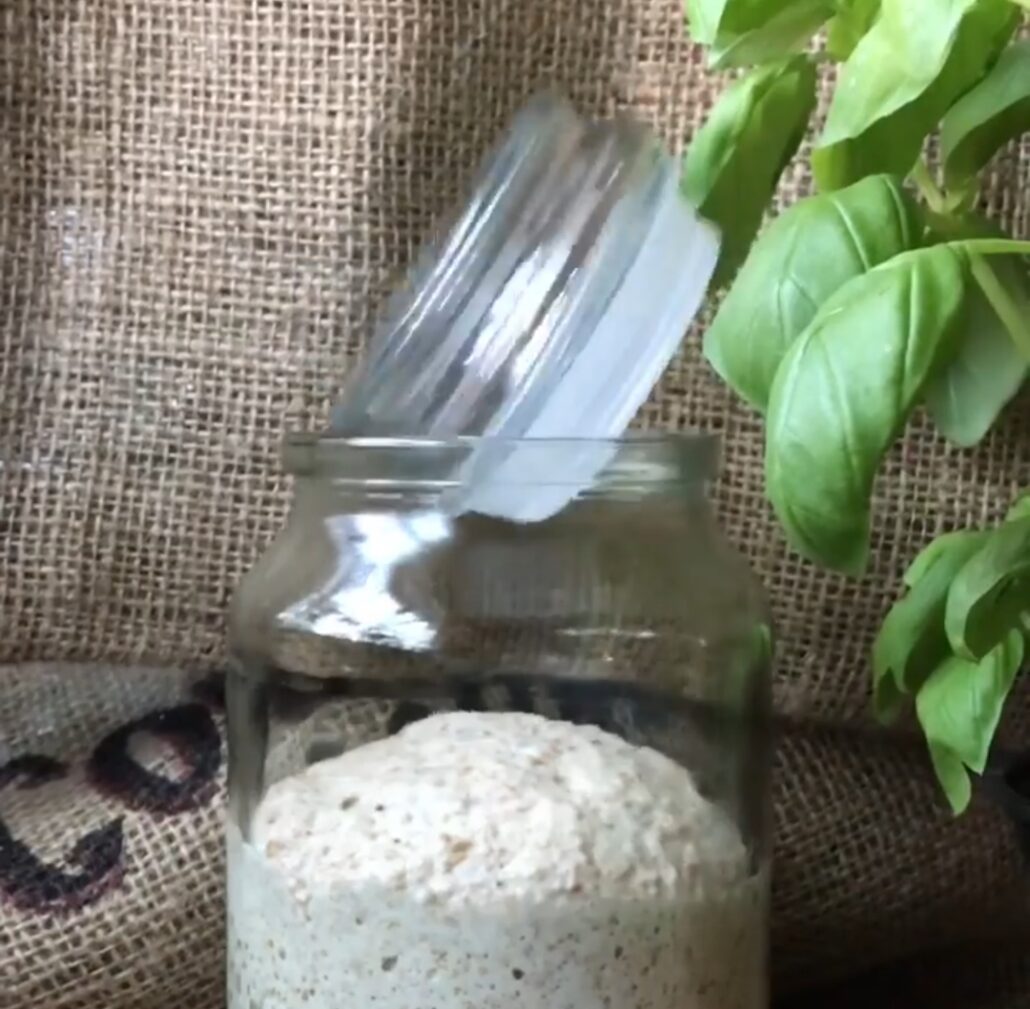
Ingredients
Directions
Day 1: To begin your starter, pour 50 grams flour and 50 grams water into the jar and mix well. Cover it with a cloth like cheesecloth. Keep it somewhere in the kitchen at room temperature.
Day 2: Mix 50 grams flour and 50 grams water and stir into yesterday’s mixture.
Day 3: Take half of it and add 50 grams flour and 50 grams water. Mix and pour into a clean jar. You may start to see bubbles.
Feed in the same way on the 4th and 5th day. There should be some activity in the mixture at this point, with bubbles developing and bubbling on top.

Day 6: Again take half, feed and change the jar.

Day 7: Add 50 grams flour and 50 grams water and feed.
Day 8: Add 50 grams flour and 50 grams water and feed.
Day 9: Take half and add 50 grams flour and 50 grams water and feed.

Day 10: Add 100 grams flour and 100 grams water to 100 grams yeast and feed. Then pour it into a clean jar.
If you do not see any bubbles on the 11th day, it means that fermentation has not occurred. If there are no bubbles, you have to repeat the process from the beginning. Do not forget to use a wooden spoon. Do not touch the yeast with your hands.
If all goes well, your starter will be ready in 1-2 weeks. After that, you'll have yeast, which provides the base for bread. Refrigerate (it will stay inert) and feed it with 100g flour and 100g water 24 hours before use. Leave it at room temperature and it should become active again. The more times the starter must be refreshed to reactivate, the longer it has been inert. Half of the starter is poured out and replaced with new flour and water.

Notes
Recipe Source: berguzar.erden
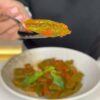
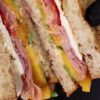



Leave a Reply